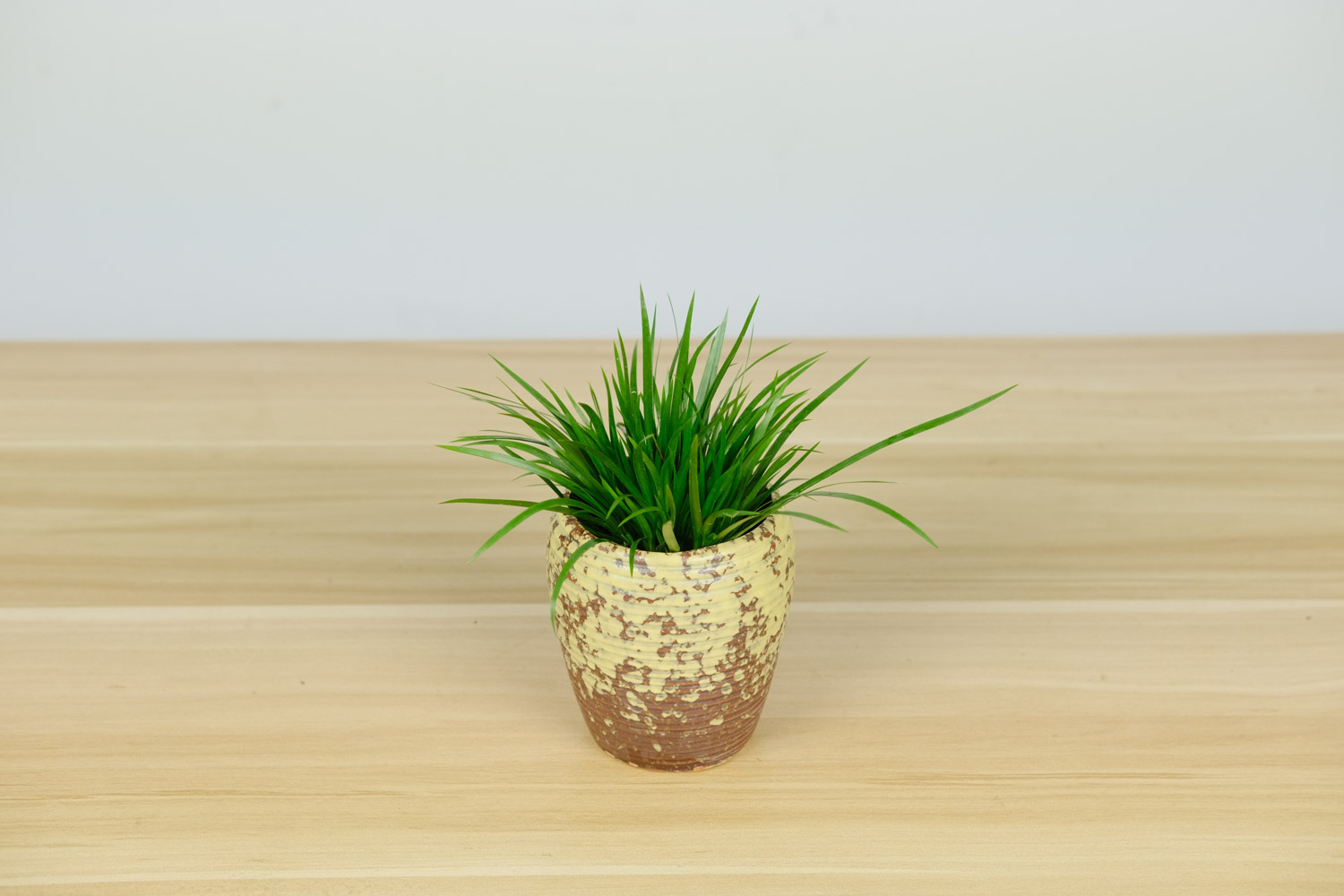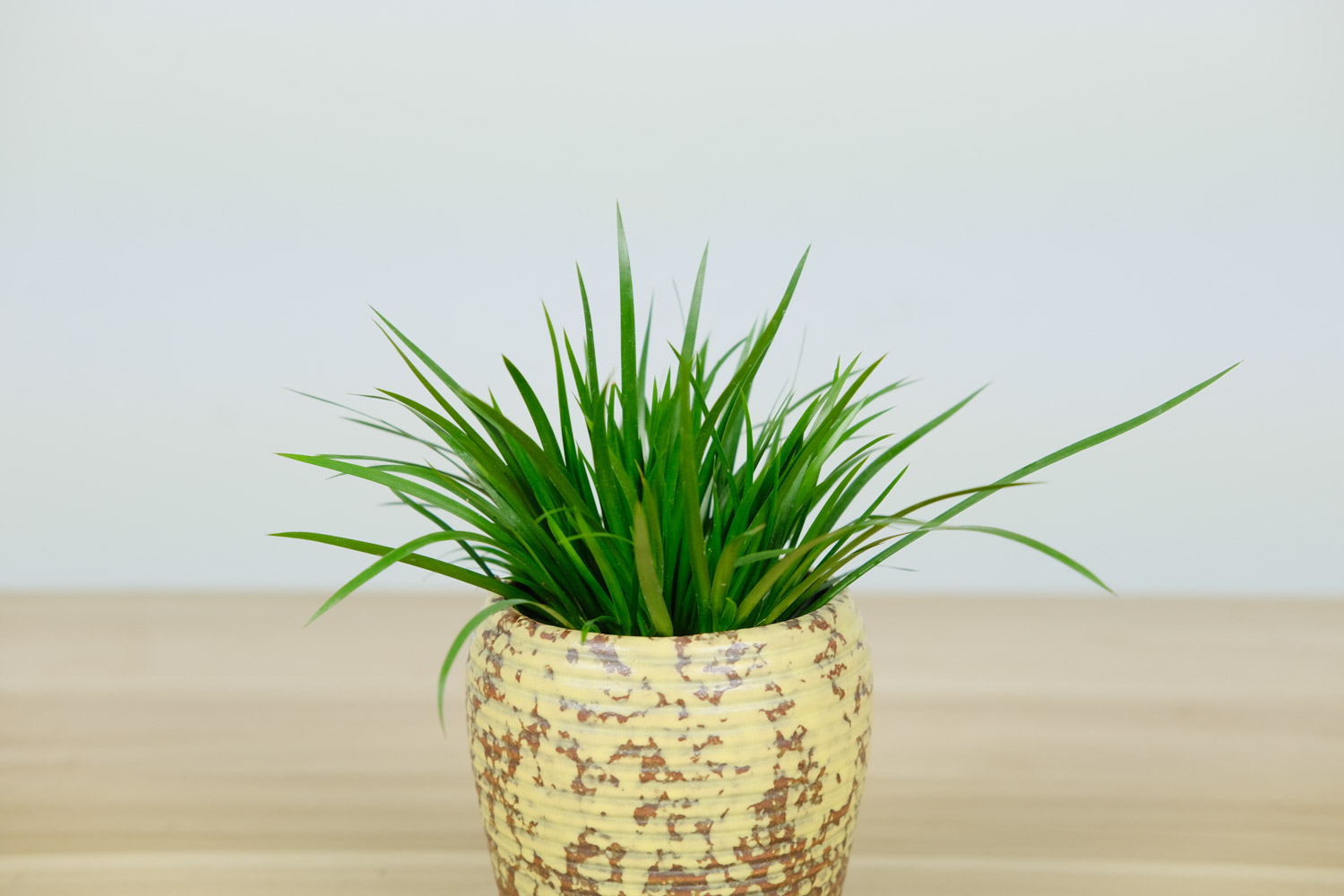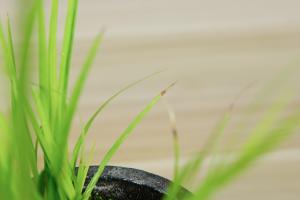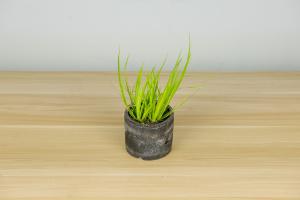Acorus calamus varieties
Author:Amsterdam
Date:2022-04-04 15:08
Acorus calamus mostly grows by the water, which can bring refreshing maintenance experience in hot summer. However, the varieties of Acorus calamus in different places may be different, and the medicinal value of Acorus calamus is also different. There can be many kinds of Acorus calamus. Let's have a look with Xiaobian.
Acorus calamus
Acorus calamus is warm and pungent in nature. It has the effects of opening orifices and resolving phlegm, refreshing the spleen and calming the mindCharacters of Acorus calamus
the Acorus calamus has a curved spindle shape, the surface is brownish yellow, the links have semi-circular protrusions, the links are arranged obliquely and interactively, and there are dot protrusions on the nodes. The material of Acorus calamus is hard and brittle, and the broken section is granular. The smell is slightly sour and numbs the tongue after taking it.
Acorus tatarinowii
Acorus tatarinowii is warm in nature and tastes pungent and bitter. It has the effects of removing dampness, appetizing, waking up and benefiting intelligence. Acorus tatarinowii is born between water and stone. There are sword ridges on the leaves, thin roots, short internode spacing and more than one foot highCharacters of Acorus tatarinowii
Acorus tatarinowii is a curved flat cylindrical shape, often branched, with brown surface, rough touch, uneven links and fine longitudinal wrinkles. The material of Acorus calamus is hard and brittle, easy to break, the folded end face has a sense of fiber, and the ring pattern of the endothelial layer is obvious. "Chongqing Tang essays" once recorded that "Acorus tatarinowii is a good medicine for soothing the heart and Qi, relaxing the mind and spirit, pleasing the mood, benefiting the mind and will".
Acorus calamus
Acorus calamus is warm and bitter in nature. As a common traditional Chinese medicine, it has the effects of resolving phlegm, opening orifices, strengthening the spleen and diuresis. Acorus calamus mostly grows in streams. Its leaves are slender, thin and narrow, and its root is about two or three feet longCharacters of Acorus calamus
Acorus calamus is similar to Acorus tatarinowii, but the rhizome is thicker and the branches are less. The section is sparse, hard, spongy, with small holes and a slight muddy smell. Rhizome oblate cylindrical, with few branches. The Qi is strong and special, with bitter and pungent taste.

 jackfruit
jackfruit snake plant
snake plant hibiscus
hibiscus hydrangea
hydrangea lavender
lavender Green roses climb al...
Green roses climb al... If you don't pay att...
If you don't pay att... Management of four g...
Management of four g...



































